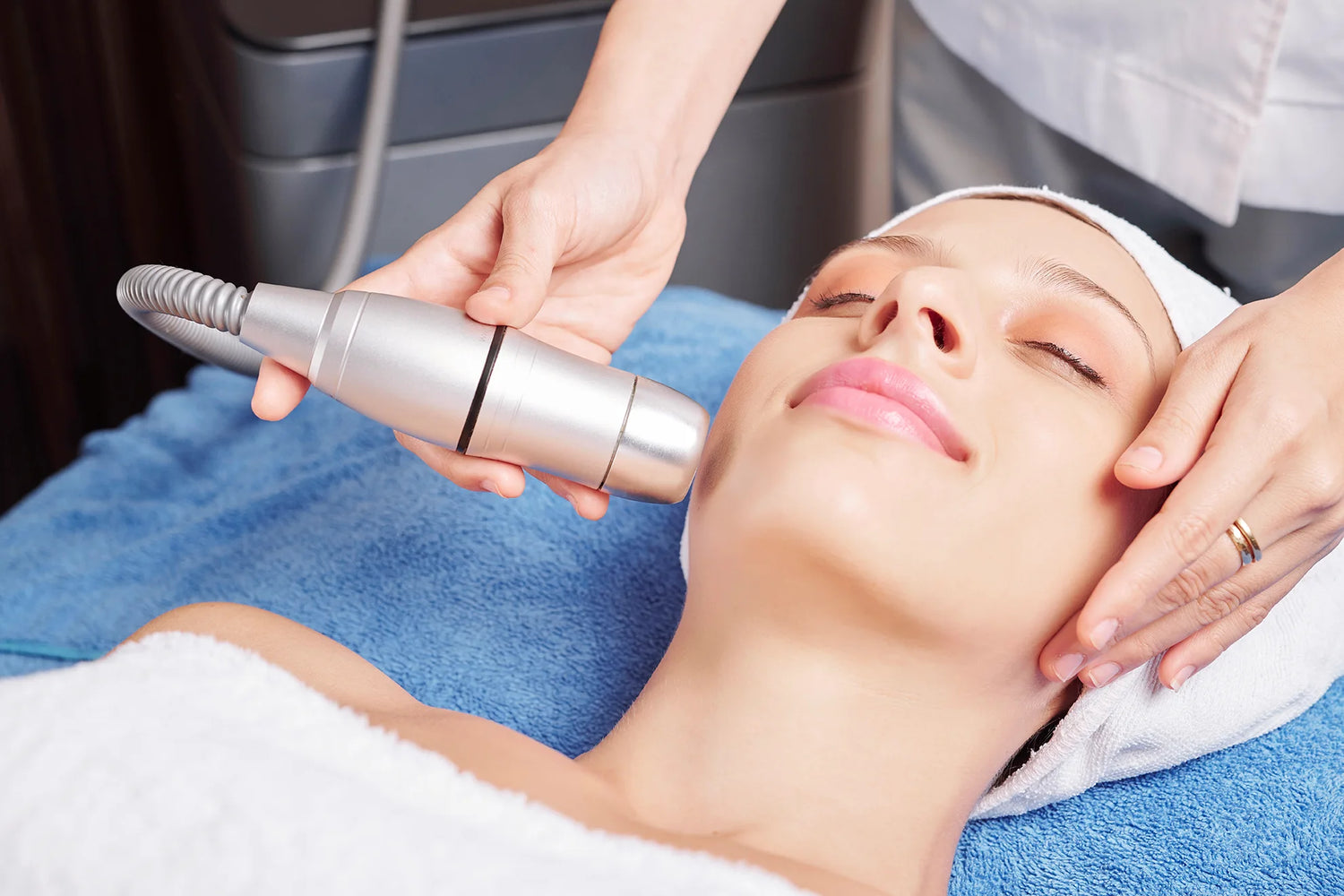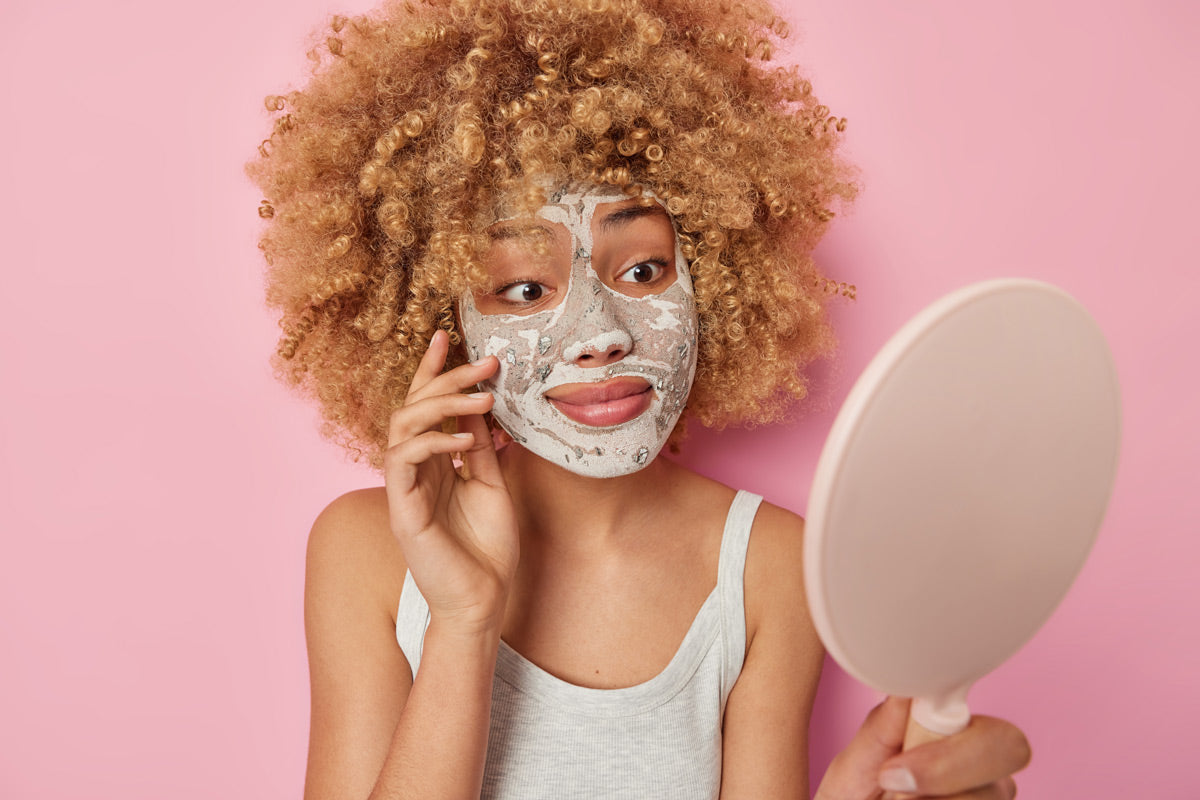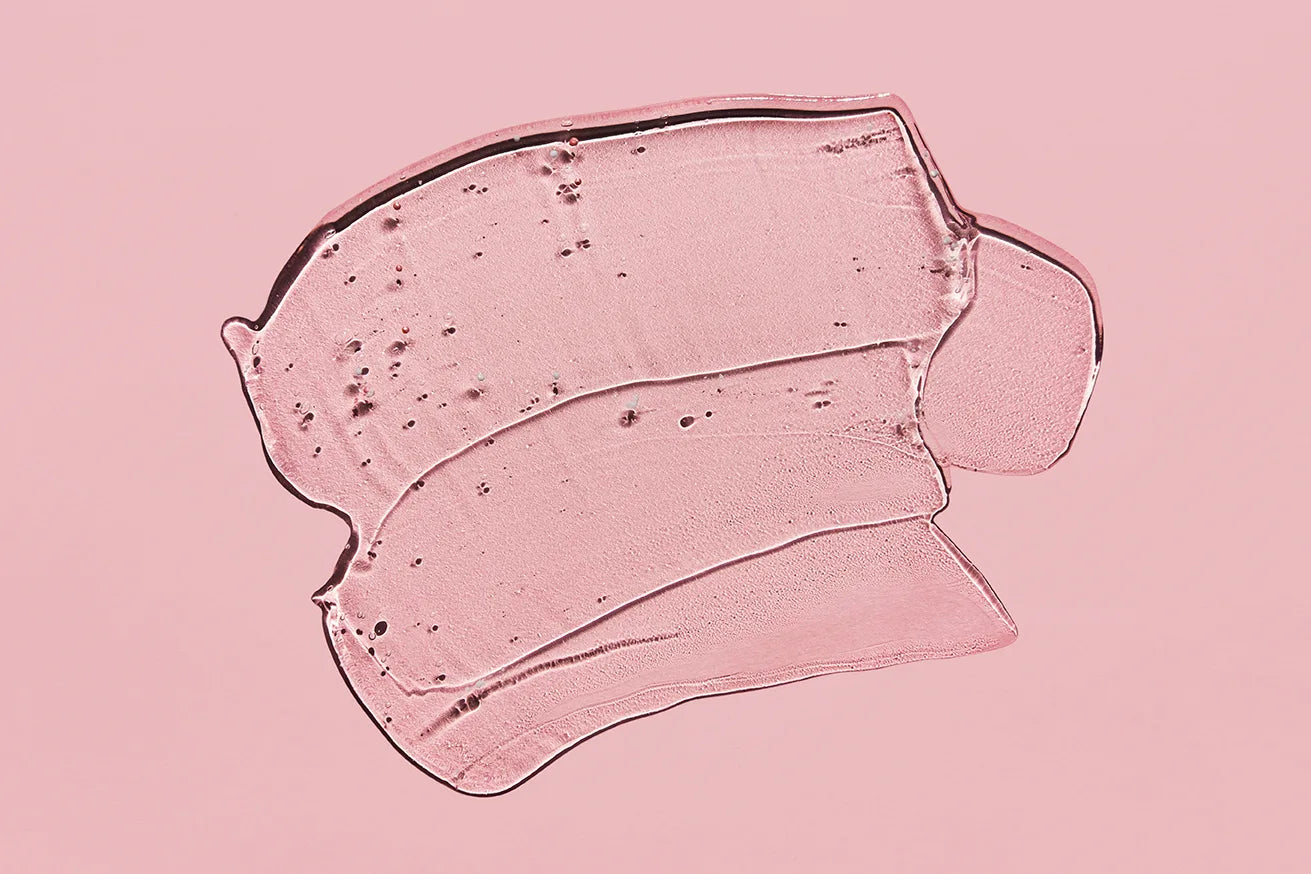- Causes and development of pigment spots
- Active ingredients and products for treatment
- Chemical peels and how they work
- Laser and IPL techniques for pigment spot removal
- Home remedies and natural alternatives
- The importance of sun protection and skin care for prevention
Pigmentation spots on the face can make the skin appear uneven. They are often considered unsightly. Although they are usually harmless from a medical point of view, many people seek effective methods to treat them.
Jolifill provides a comprehensive overview of the various treatment options—from skin care products and home remedies to laser treatment and preventive measures to counteract pigment spots in advance.
Causes and development of pigment spots
Pigmentation spots are caused by too much or unevenly distributed melanin. Melanin is the pigment in the skin. This hyperpigmentation can have various causes.
These include genetic predisposition, hormonal changes, and UV radiation. Certain skin care products and makeup can also cause pigment spots. They often occur in areas that are regularly exposed to the sun.
The most common types of pigment spots are freckles and age spots. Melasma and post-inflammatory hyperpigmentation also occur. These develop after skin injuries or acne.
Creams and skin care products
There are various creams and skin care products available to treat light and dark pigment spots on the face. These contain active ingredients such as thiamidol and kojic acid. Dioic acid and azelaic acid are also effective.
Thiamidol acts directly on melanin production. Kojic acid inhibits melanin production and distributes it more evenly.
Dioic acid reduces melanin formation. It also prevents the formation of new spots through its sun protection factor. Azelaic acid inhibits the enzyme responsible for melanin formation and shows visible results after 2-3 months.
Jolifill also offers products such as Mesoestetic Cosmelan, DermaHeal Total Care Skin Solution, which can help treat pigment spots.
Active ingredients at a glance:
- Thiamidol: Targets melanin production
- Kojic acid: Inhibits melanin production
- Dioic acid: Reduces melanin formation and protects against new spots on the face
- Azelaic acid: Inhibits the enzyme responsible for melanin formation
Removing pigment spots with exfoliants
Exfoliants remove the top layer of skin. This promotes the regeneration of new cells. Fruit acid exfoliants and trichloroacetic acid are particularly effective.
Exfoliants such as the PRX-T33 Peeling vial from Jolifill improve the appearance of the skin and ensure an even distribution of melanin.
Peels should always be performed with caution. Incorrect application can lead to severe skin irritation. Protective measures are essential after treatment.
Laser and IPL techniques
Laser and IPL techniques are suitable for deeper hyperpigmentation. Laser treatments use concentrated light. This targets the pigmented cells and destroys them.
IPL (Intense Pulsed Light) uses light beams of multiple wavelengths. These are converted into heat. Both methods may require several sessions. The skin is sensitive after treatment.
Intensive skin care with a high sun protection factor is important. Complications are rare but possible. They include renewed pigmentation disorders and skin irritation.
Home remedies and natural alternatives
In addition to professional treatments, there are also home remedies that can help remove pigment spots:
- Lemon juice, apple cider vinegar, and baking soda are well known. These substances can have a lightening effect. However, their effectiveness is controversial.
- Fruit acid peels can also be made at home. Cotton pads soaked in lemon juice with sugar or salt can be used.
- Vitamin A, also known as retinol, can reduce pigment spots when taken regularly.
Home remedies should be used with caution. Skin irritation is possible. Home remedies are a supplement, not an alternative to professional treatments.
Preventive measures
The best way to avoid pigment spots is to take preventive action. Daily sun protection with a high sun protection factor is essential. A healthy diet and regular skin care are also important.
Sun protection factors (SPF) are crucial. They protect the skin from UV rays, which can cause hyperpigmentation. Creams and skin care products with a high SPF should be used daily.
A balanced diet supports skin health. It can reduce the occurrence of pigmentation disorders. A combination of sun protection and skin care is the best prevention.
Preventing pigmentation spots through skin care
Regular and thorough skin care is essential. The skin should be cleansed and moisturized daily. Anti-aging products can prevent the appearance of pigment spots.
These ingredients promote skin renewal. They also protect against free radicals, which can damage the skin. Aggressive skin care products containing bleaching substances should be avoided. They can irritate the skin and cause pigmentation disorders.

Conclusion
Pigmentation spots on the face can be treated using various methods. Creams and skin care products are one option. Chemical peels and laser and IPL techniques offer further solutions.
Home remedies are a complementary option. Preventative measures such as sun protection and healthy skin care are essential. They help to prevent the appearance of new pigmentation spots.
FAQ
How can pigment spots on the face be treated effectively?
Pigment spots on the face can be treated using various methods. These include creams with special active ingredients, chemical peels, and laser and IPL techniques.
Can I remove pigment spots with home remedies?
Yes, there are home remedies such as lemon juice and apple cider vinegar that can have a lightening effect. However, their effectiveness is controversial and they can irritate the skin. Home remedies are more of a complementary option.
How can I prevent new pigment spots?
The best way to prevent them is to use a daily sunscreen with a high SPF. A healthy diet and regular skin care are also important. Aggressive skin care products should be avoided.
How do brown spots form on the skin?
Brown spots on the skin usually develop over the course of a lifetime due to excessive melanin production, often triggered by sun exposure, age, or hormonal changes. Genetic factors and certain skin injuries can also lead to pigment spots.
Where can I have pigment spots professionally removed?
Pigment spots can be professionally removed at dermatology practices or specialized skin clinics. Procedures such as laser therapy or chemical peels are often used for this purpose.





